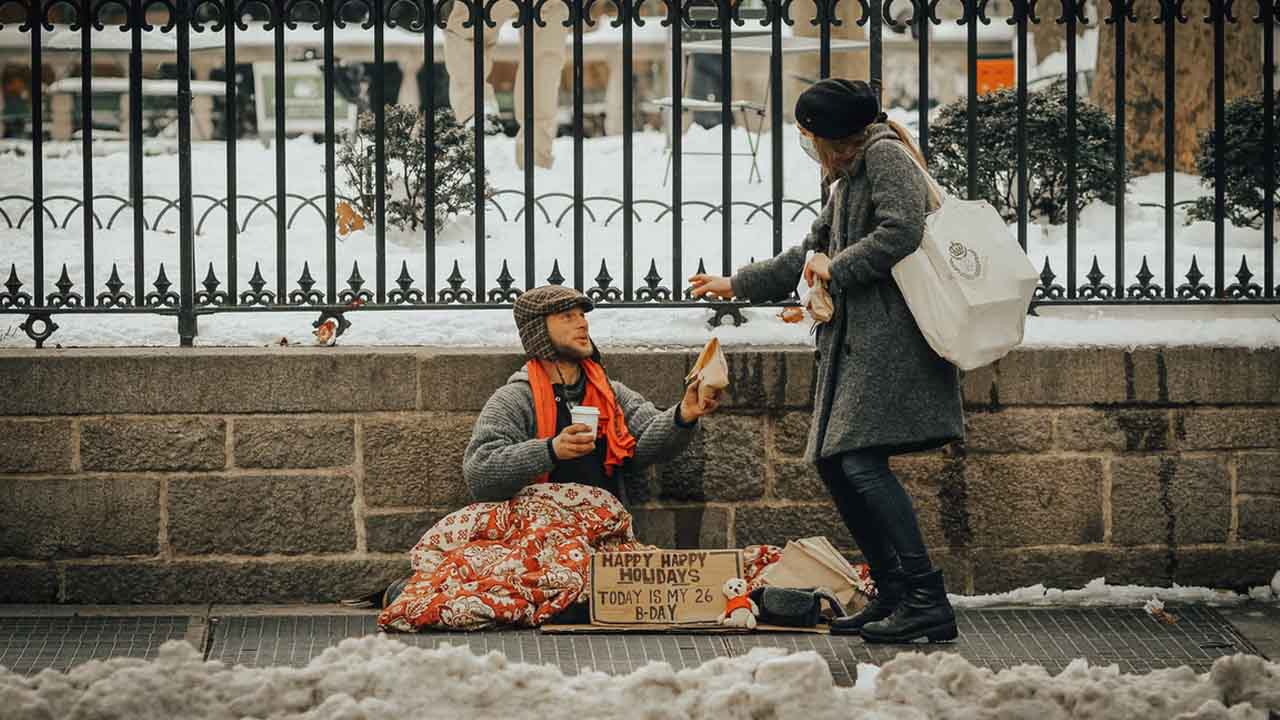Liu Zhenmin, United Nations Under-Secretary-General for Economic and Social Affairs, has said that from December 2020 to May 2021, total spending on social protection rose by almost 270 per cent, to $2.9 trillion.
“The COVID-19 crisis has exacerbated inequalities, and multiple forms of deprivation,” Zhenmin said, remembering that many countries reacted by instituting emergency measures. “One key lesson is the importance of universal access to social protection, to enhance economic and food security, in times of crisis,” he said.
He believes that many of these measures must be made permanent to get back on track to achieve the 2030 Agenda.
According to the latest data from the United Nations, the world is not on track to achieve the fundamental Sustainable Development Goal of ending extreme poverty.
Without decisive action, the number of people living in extreme poverty is projected to reach 600 million by 2030, or 7% of the world’s population.
Four Priorities of United Nations
Liu Zhenmin pointed out that as societies around the world begin to recover, four priorities are needed to be taken as the top priority. First, invest in people: make health, education and affordable housing important factors in rebuilding livelihoods. Second, address the multiple causes of poverty, hunger and inequality by creating decent jobs and other income-generating opportunities. Third, establish an adequate, comprehensive and sustainable universal social protection system. Fourth, make food systems more efficient, inclusive, resilient and sustainable.
According to International Labour Organization (ILO), only 47 per cent of the global population are effectively covered by at least one social protection benefit, while 4.1 billion people (53 per cent) obtain no income security at all from their national social protection system.
There are significant regional inequalities in social protection. Europe and Central Asia have the highest rates of coverage, with 84 per cent of people being covered by at least one benefit. The Americas are also above the global average, with 64.3 per cent. Asia and the Pacific (44 per cent), the Arab States (40 per cent) and Africa (17.4 per cent) have marked coverage gaps.


























